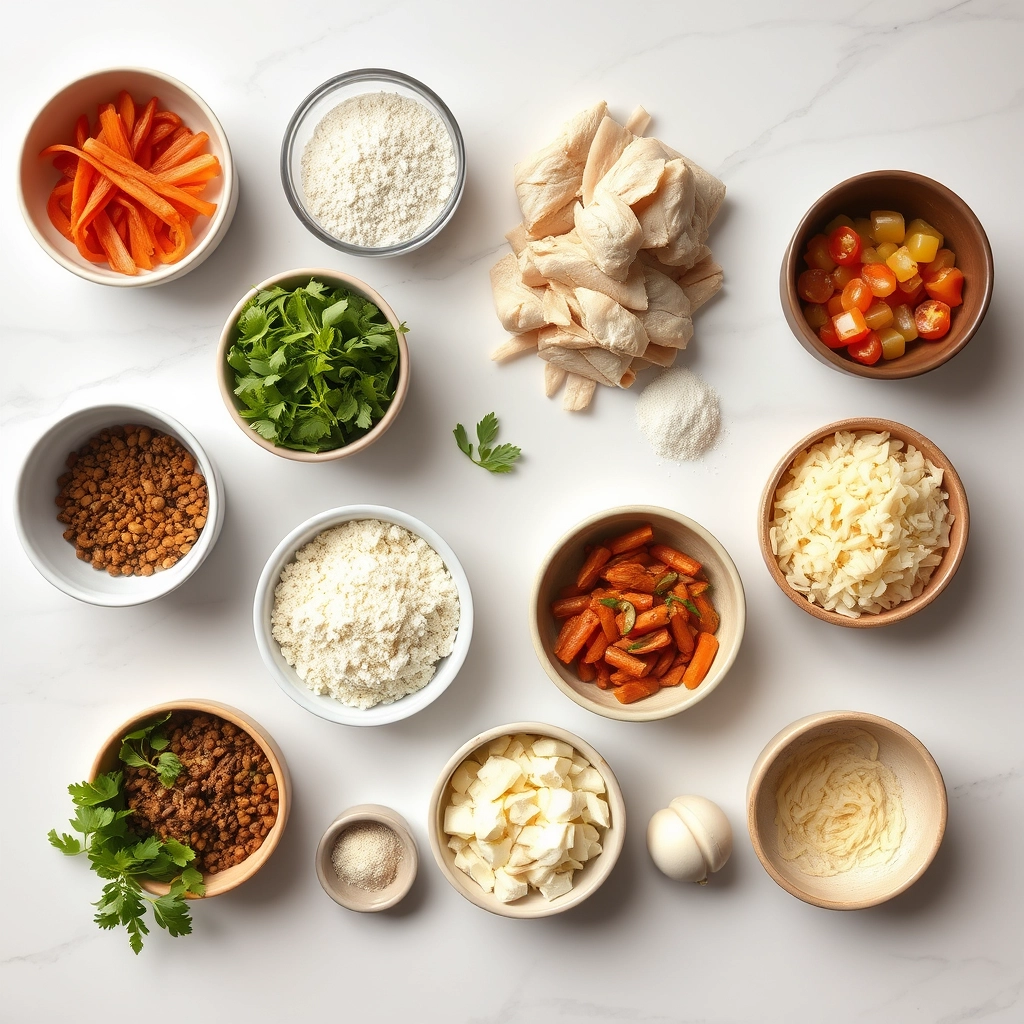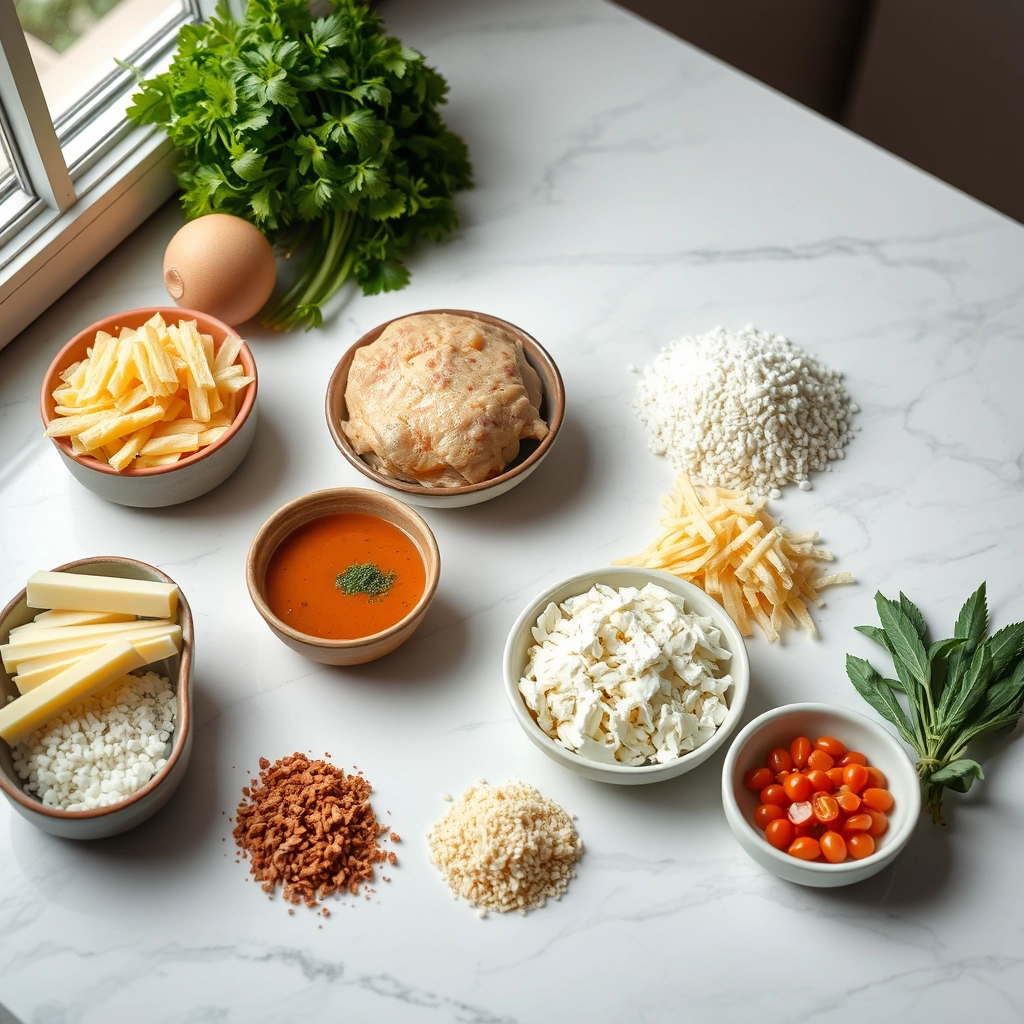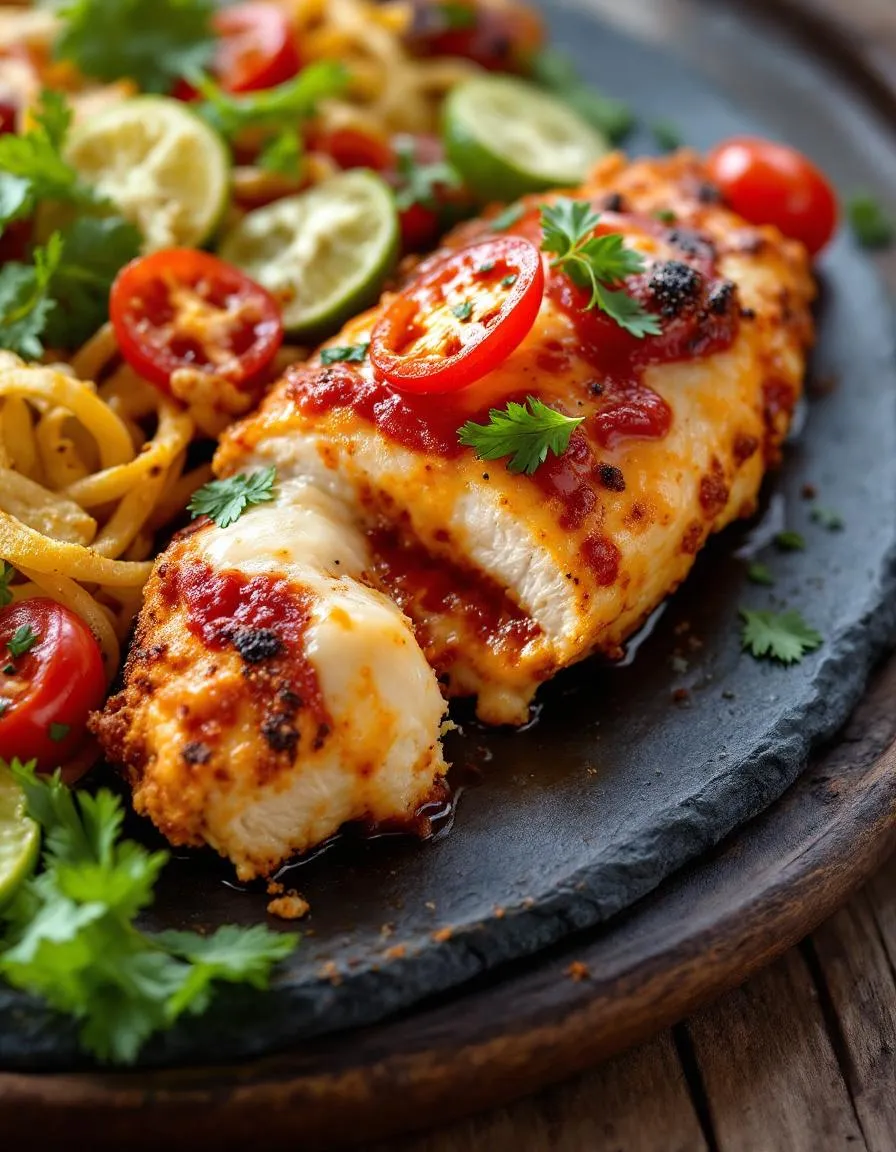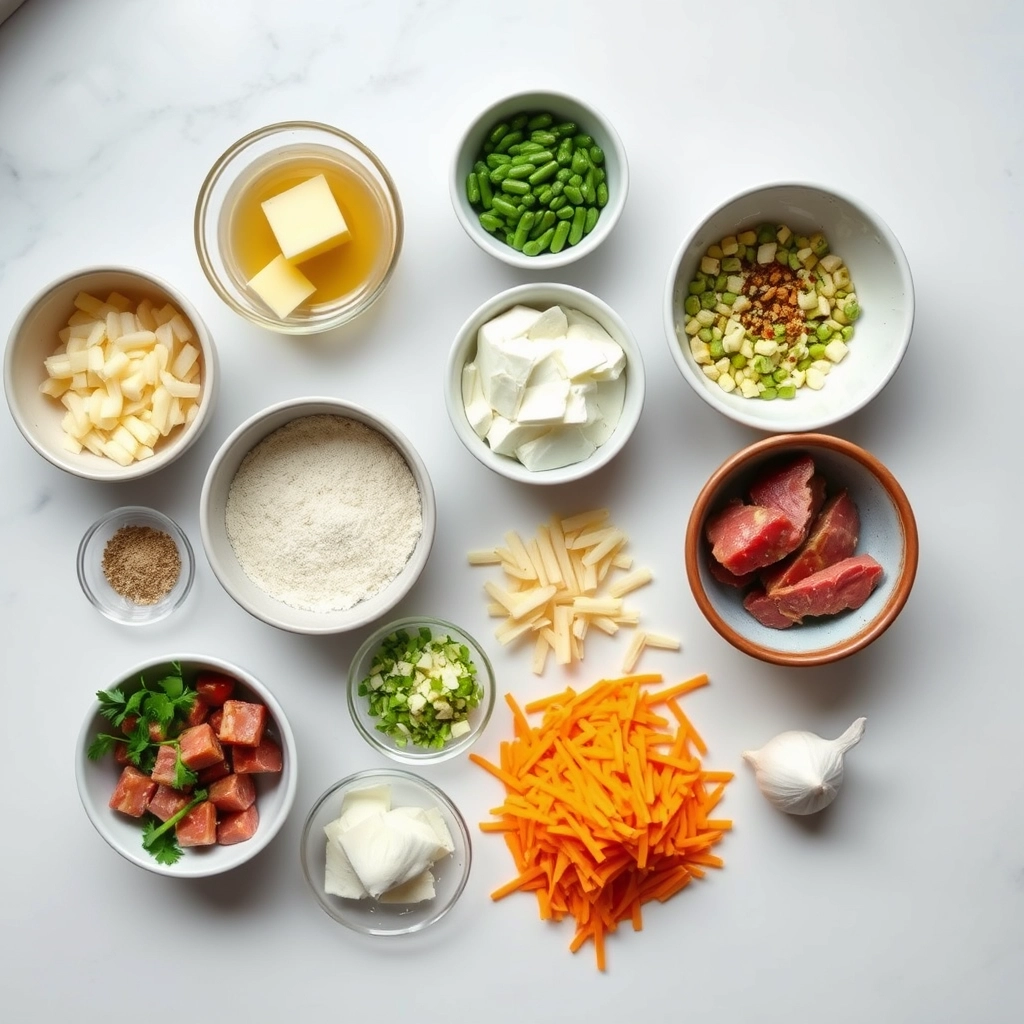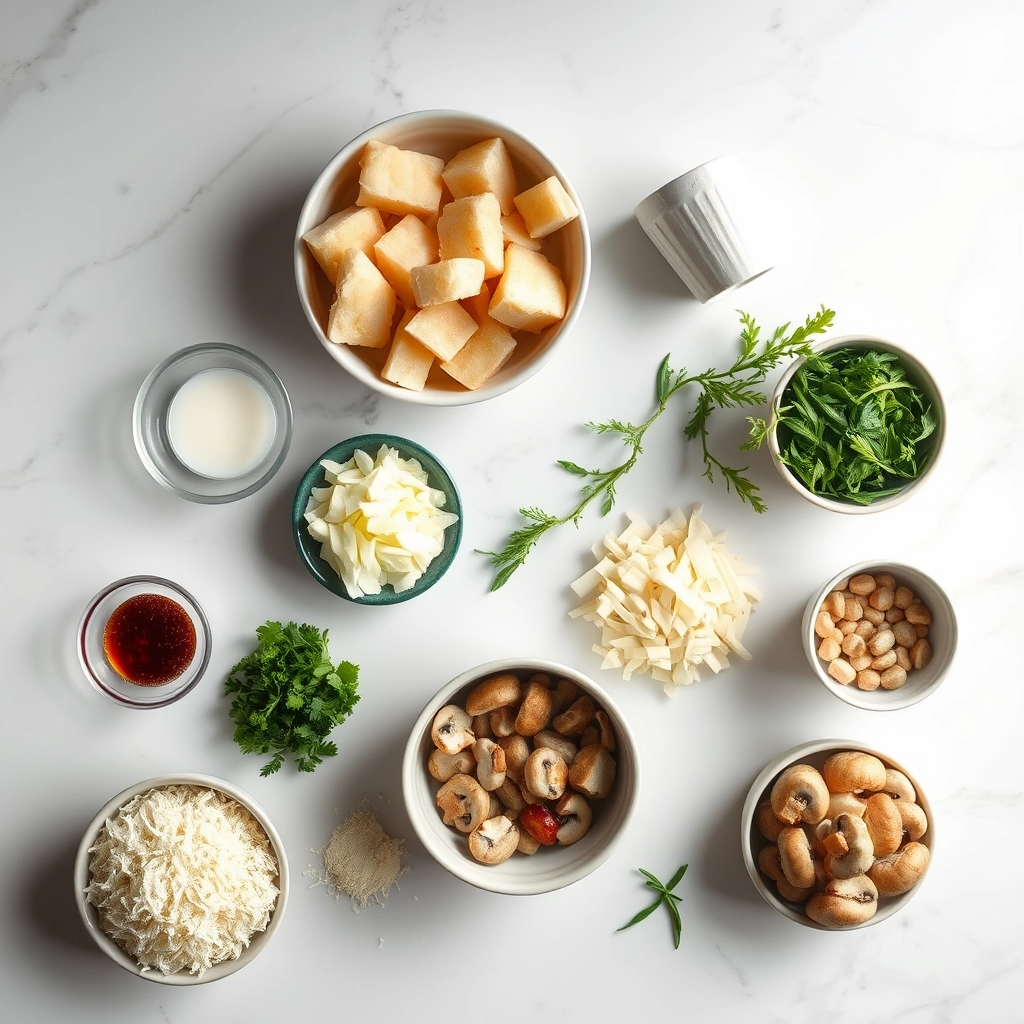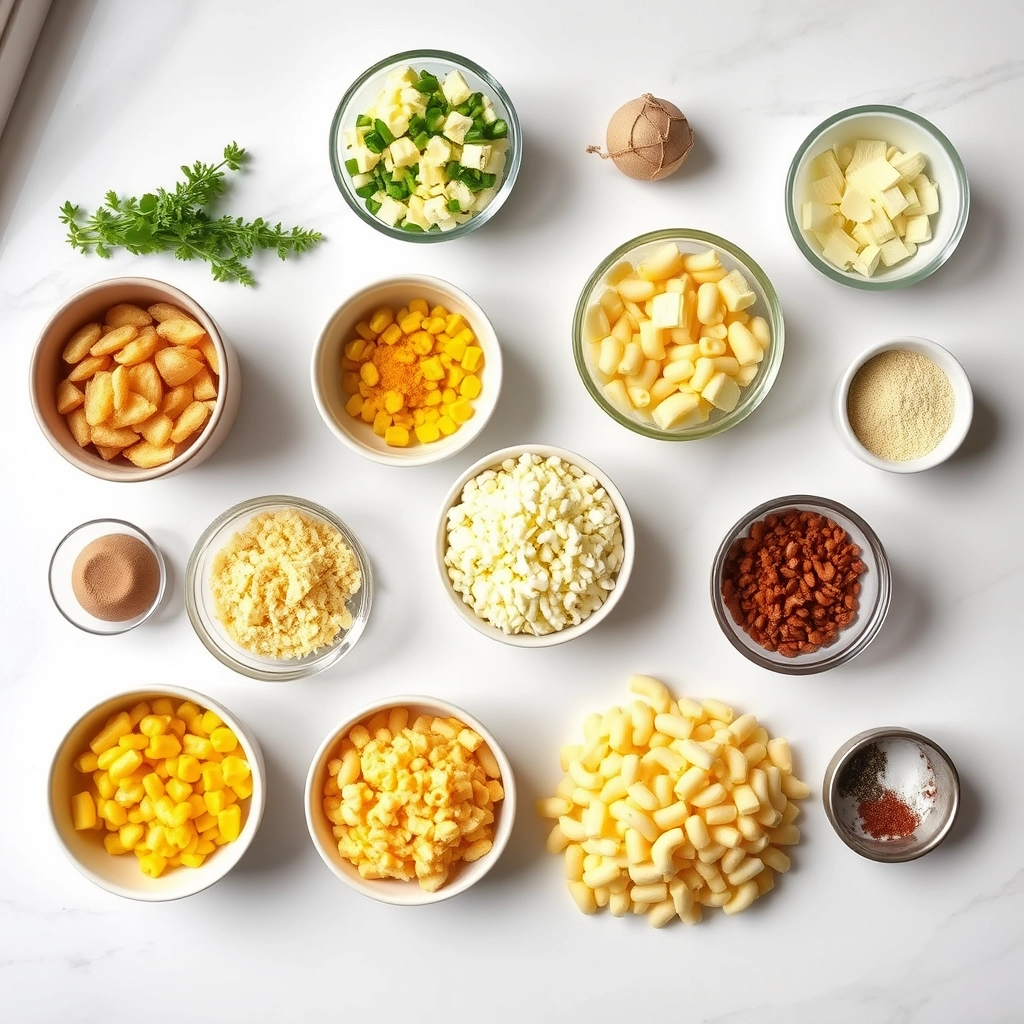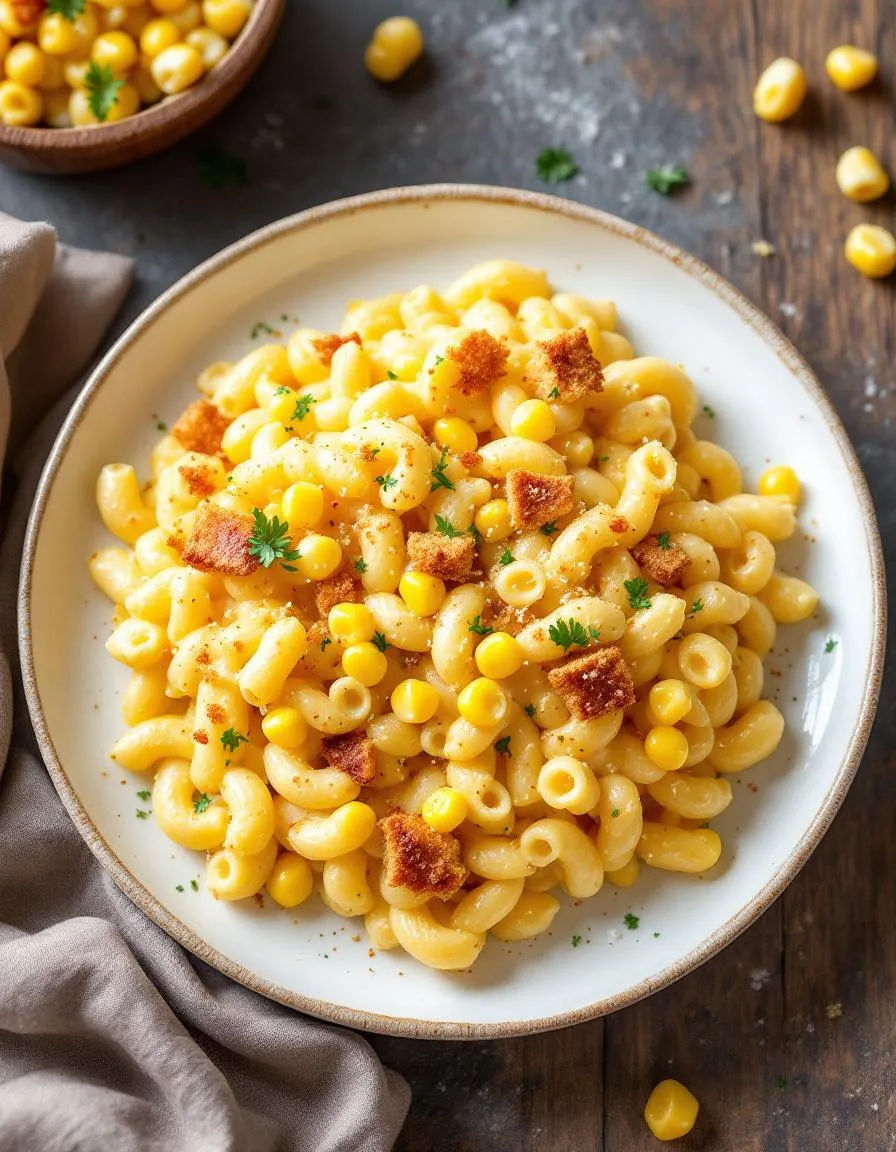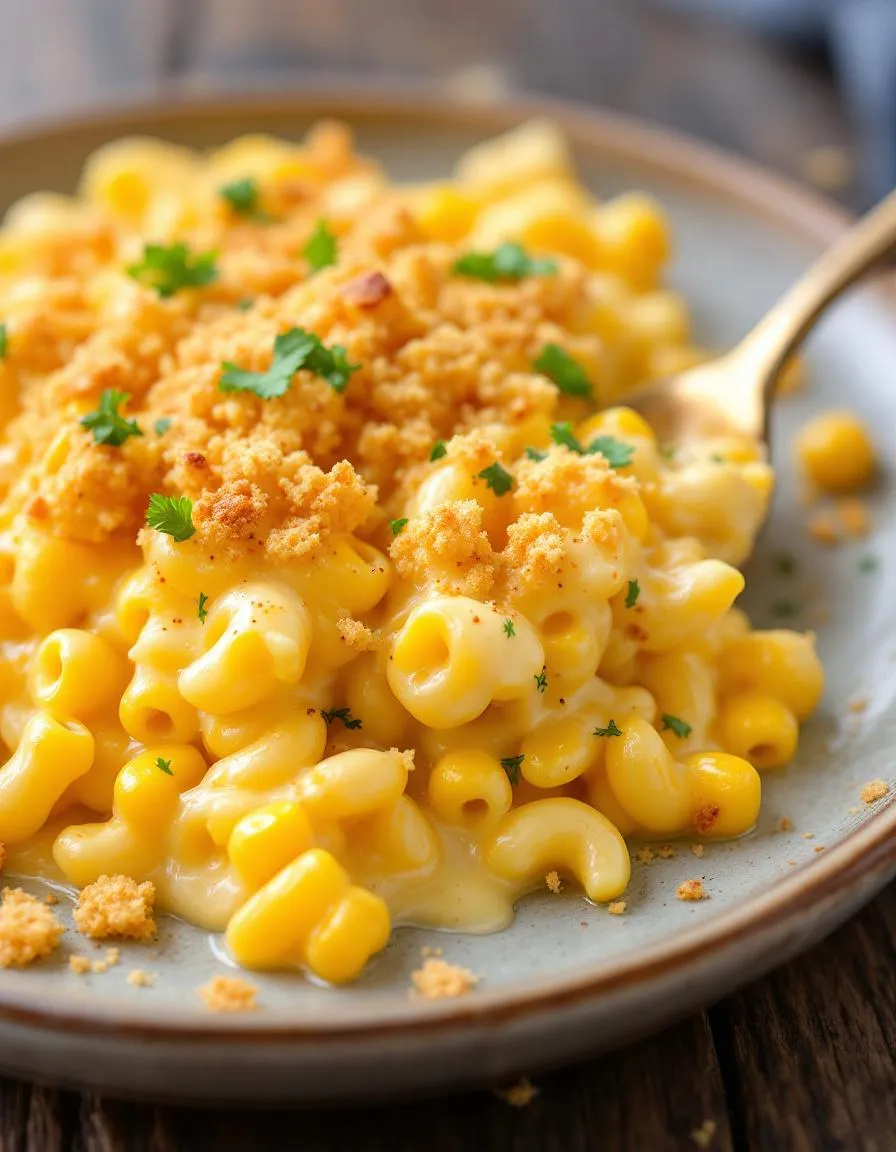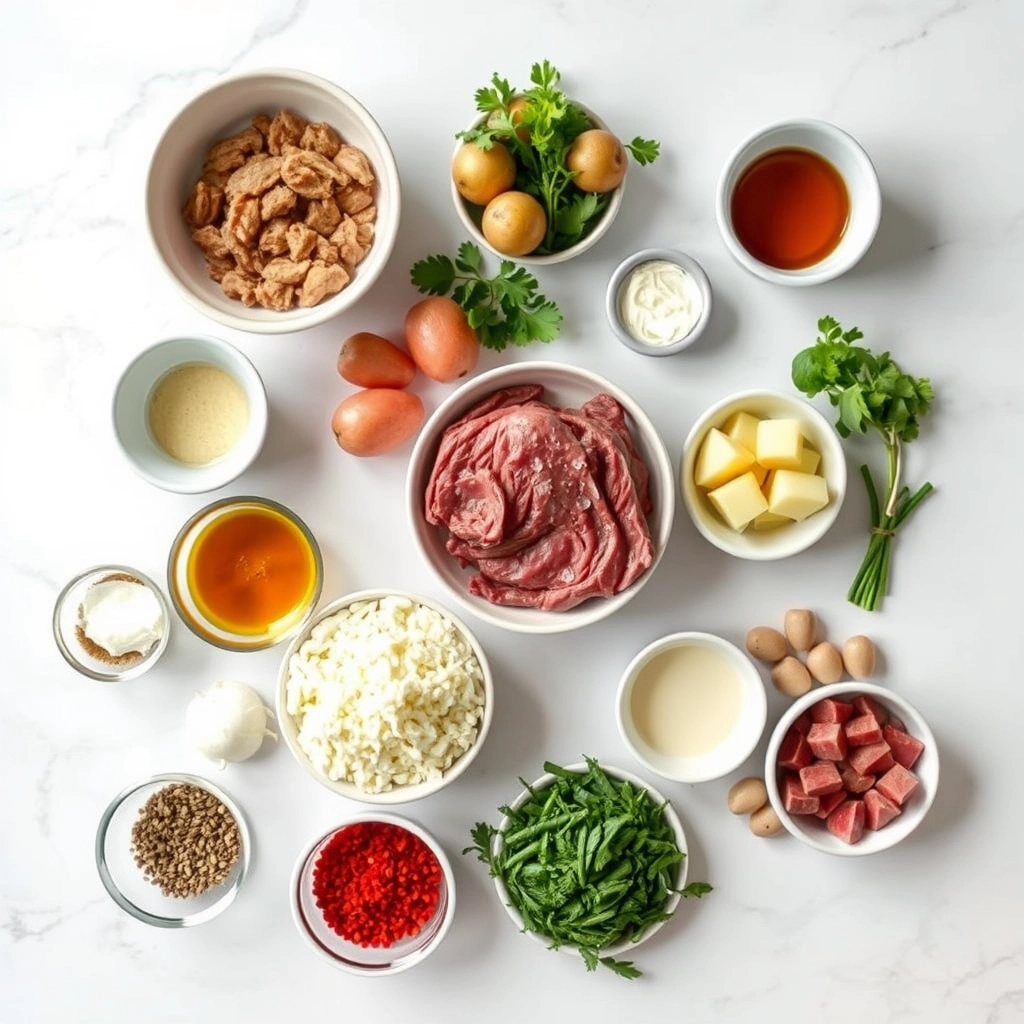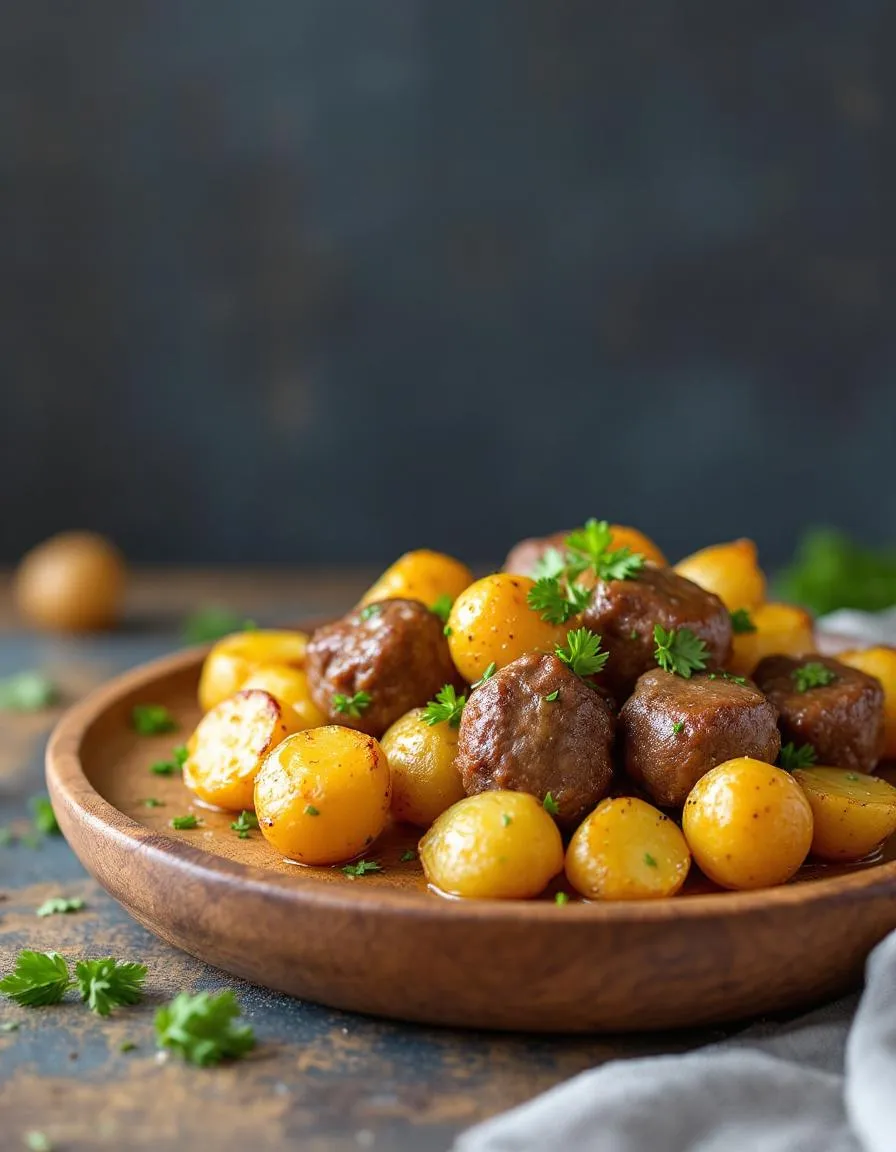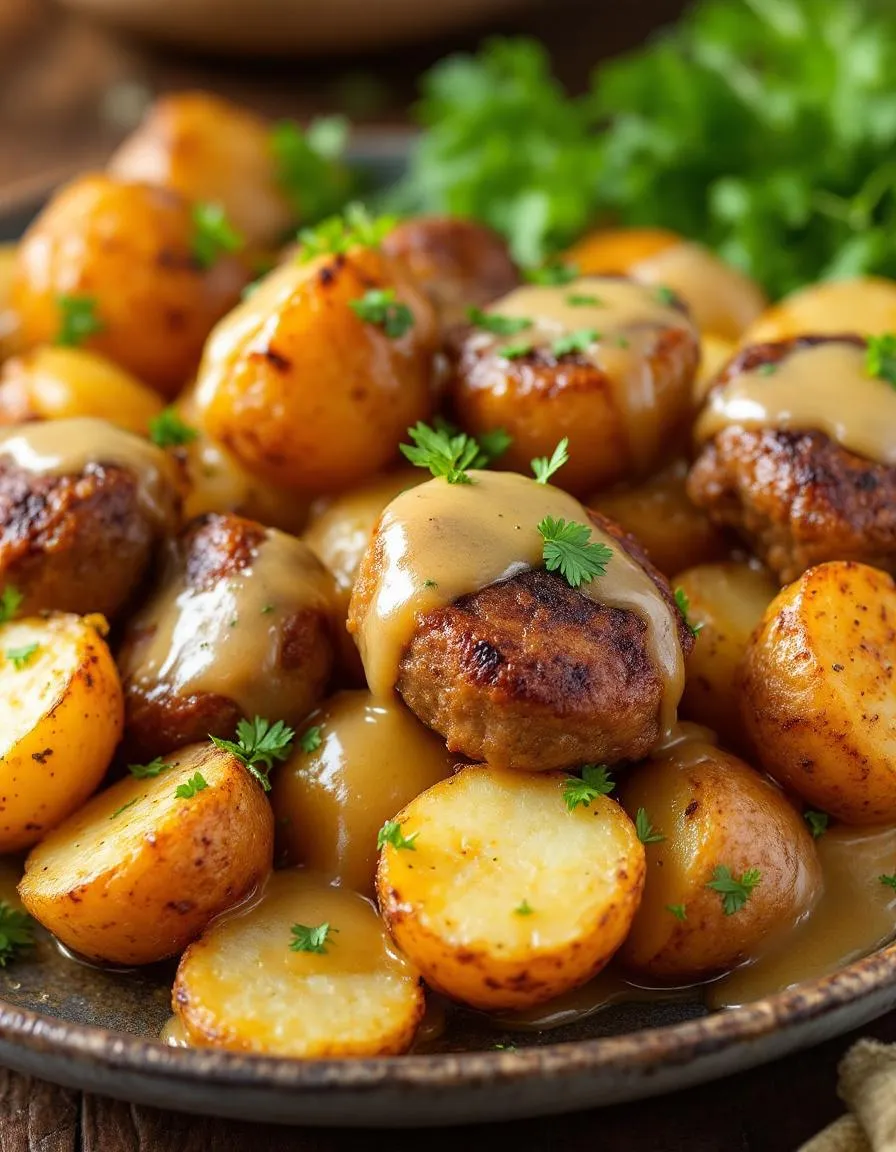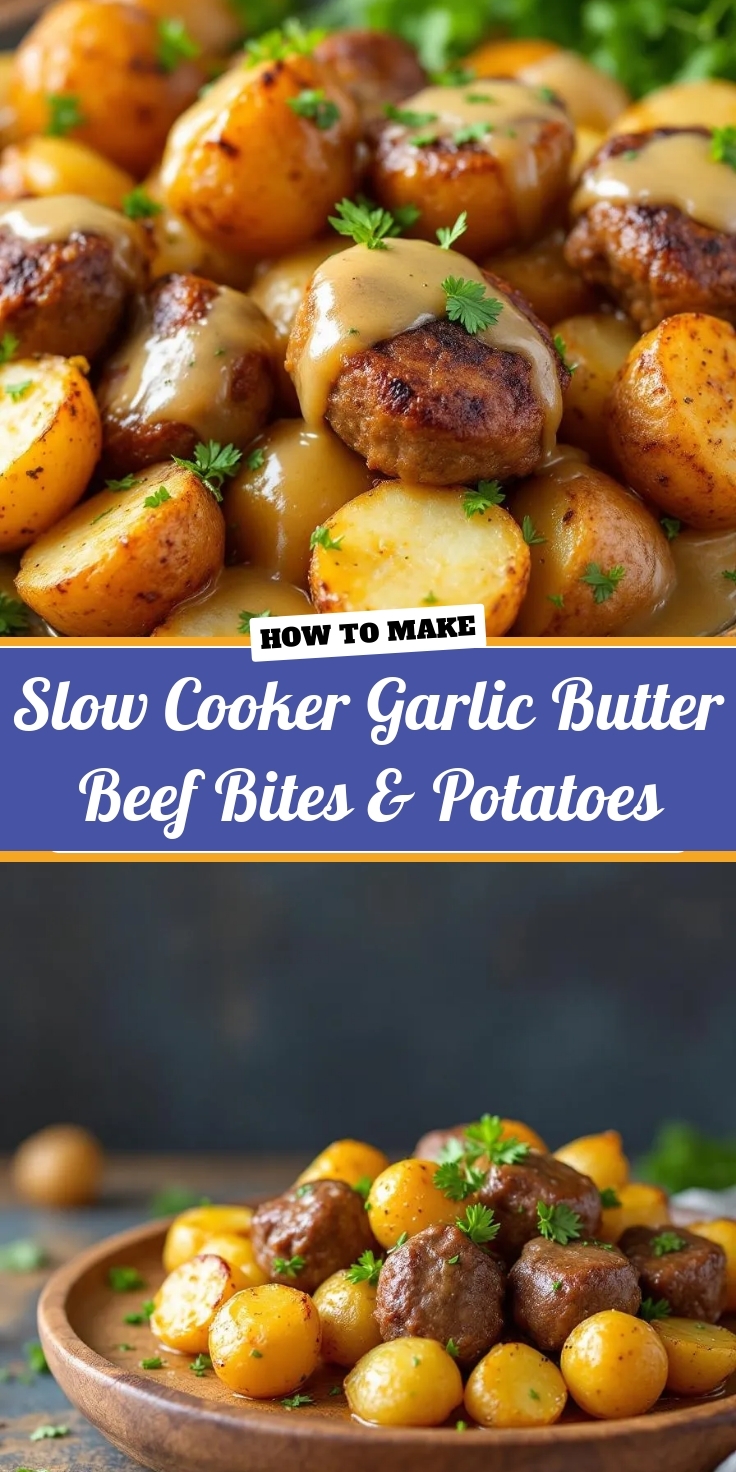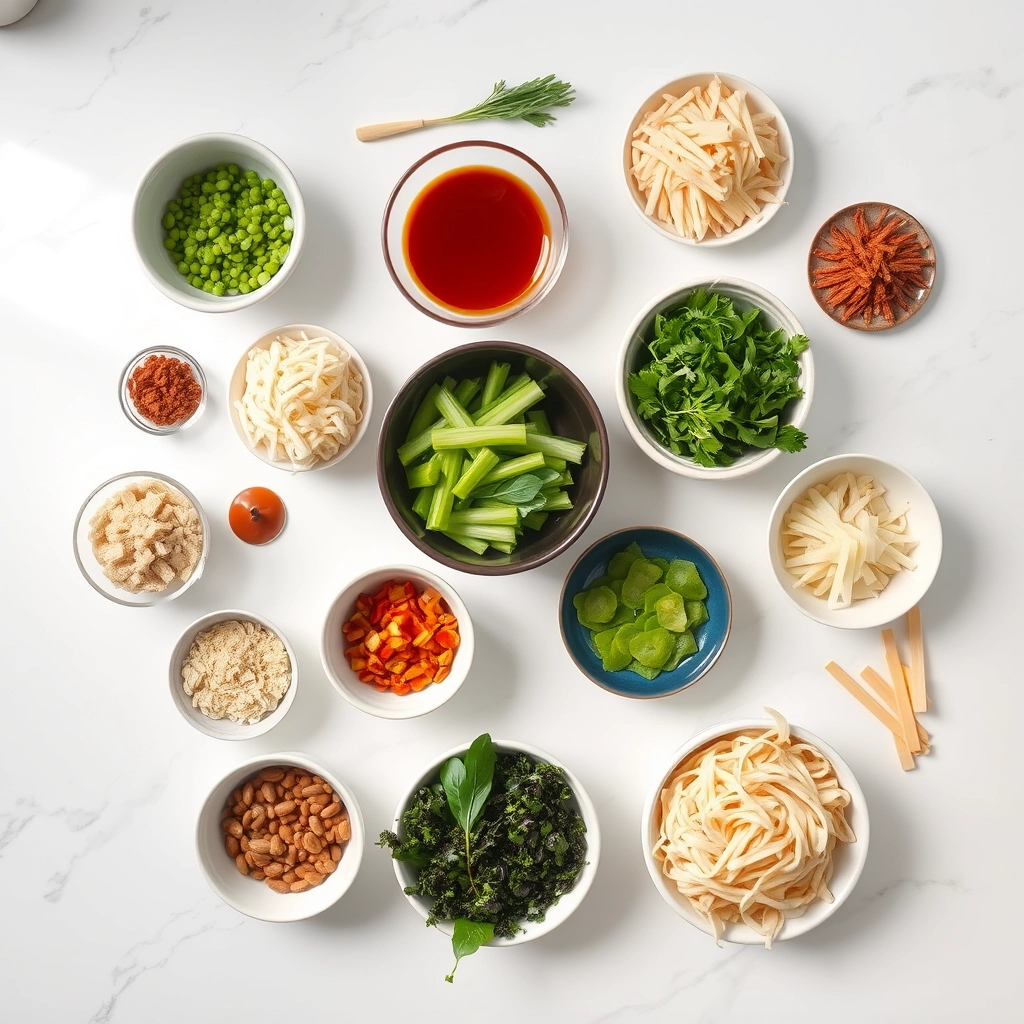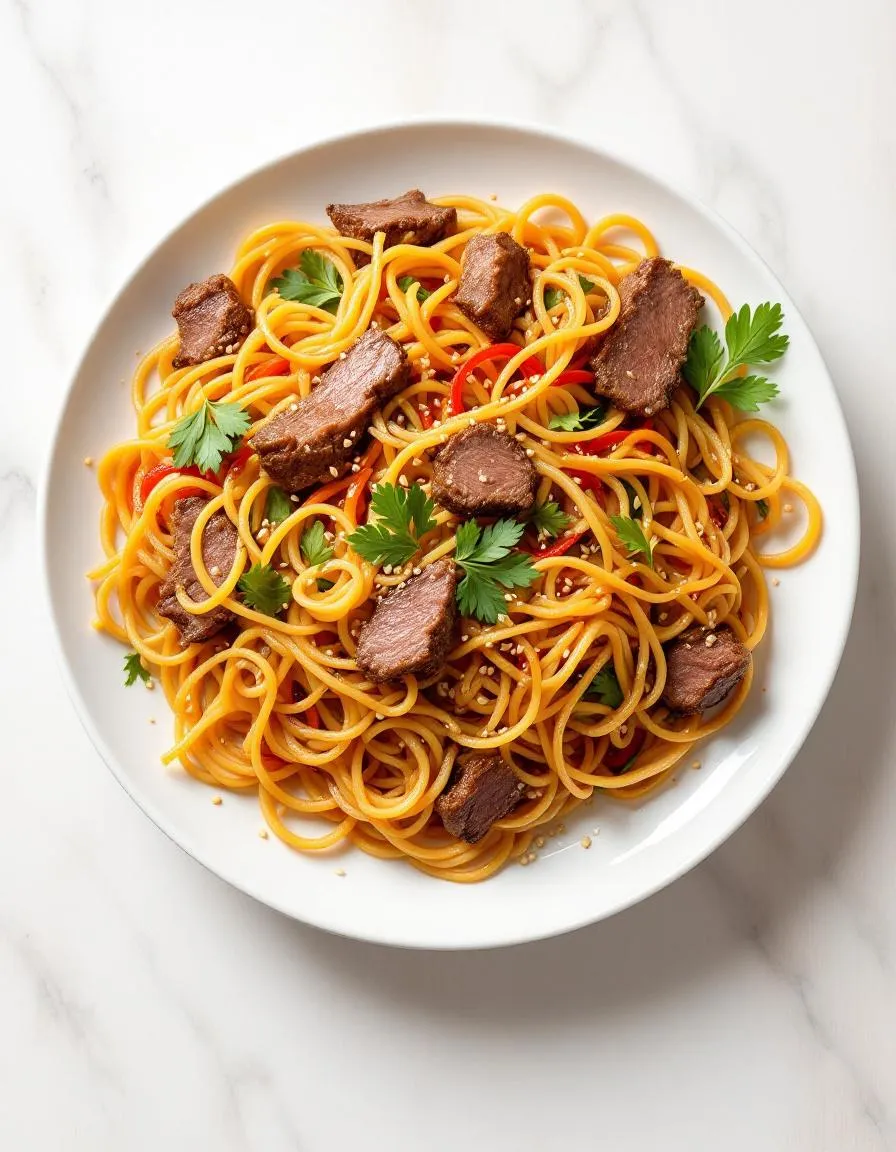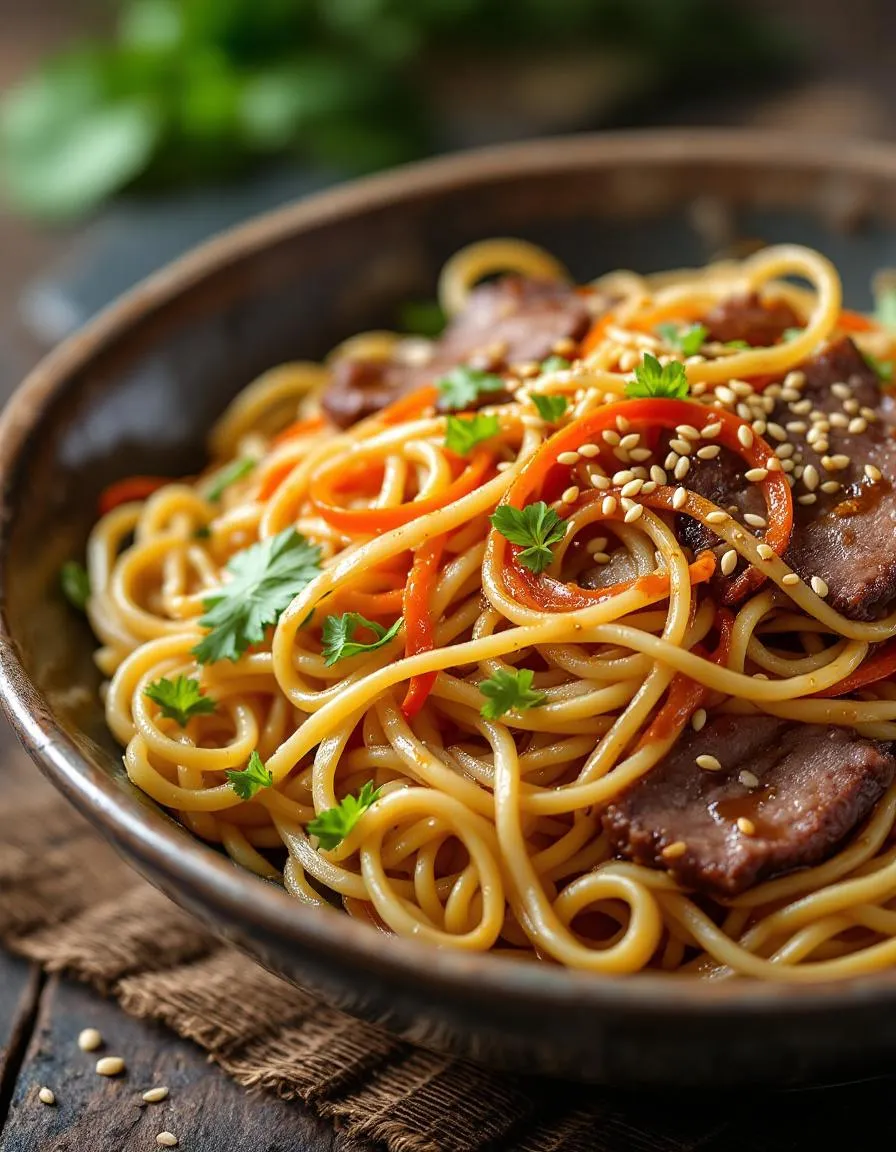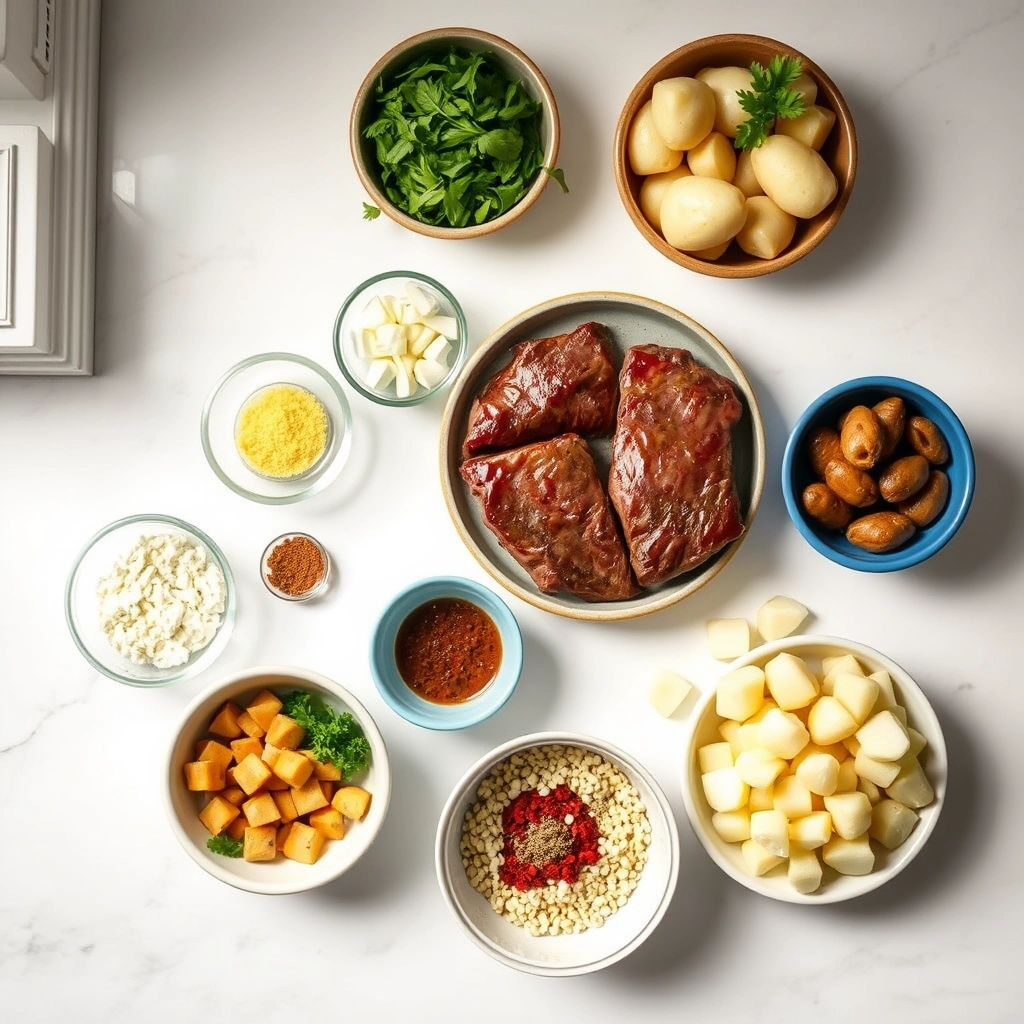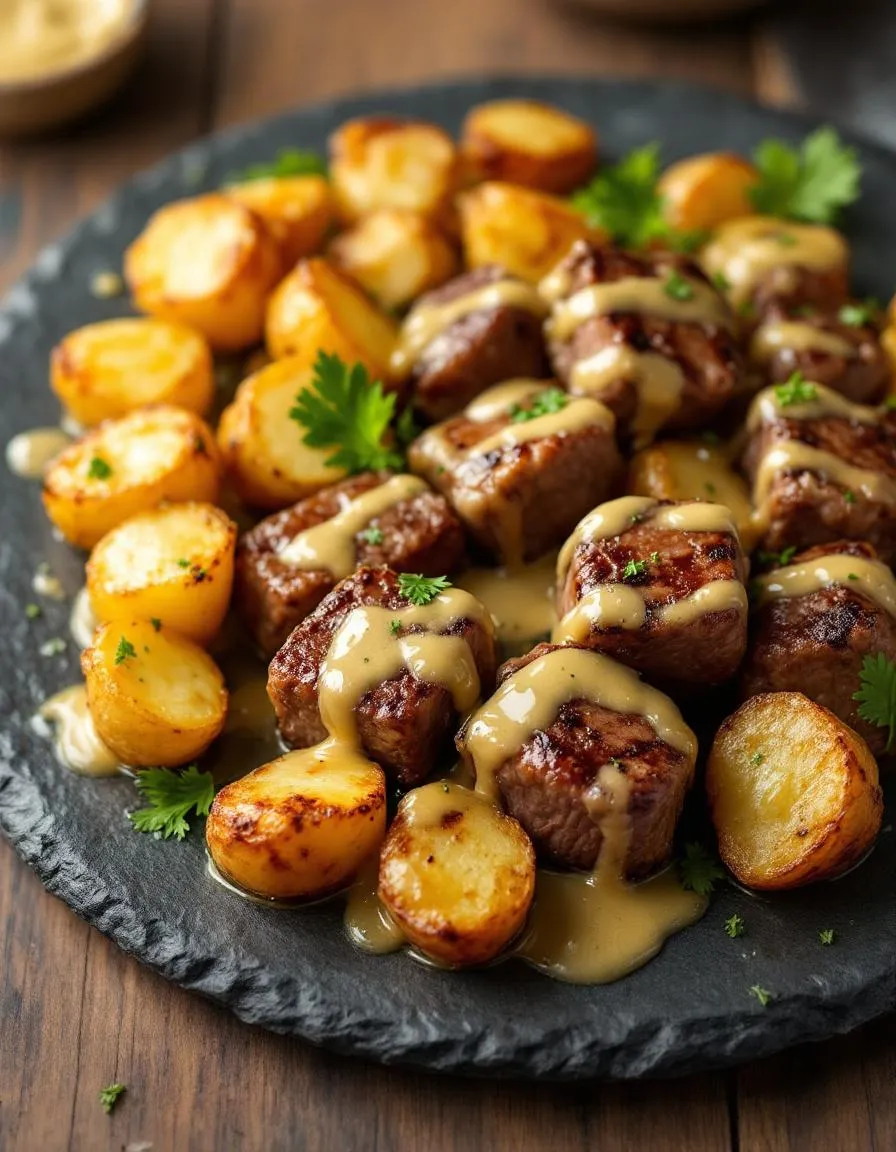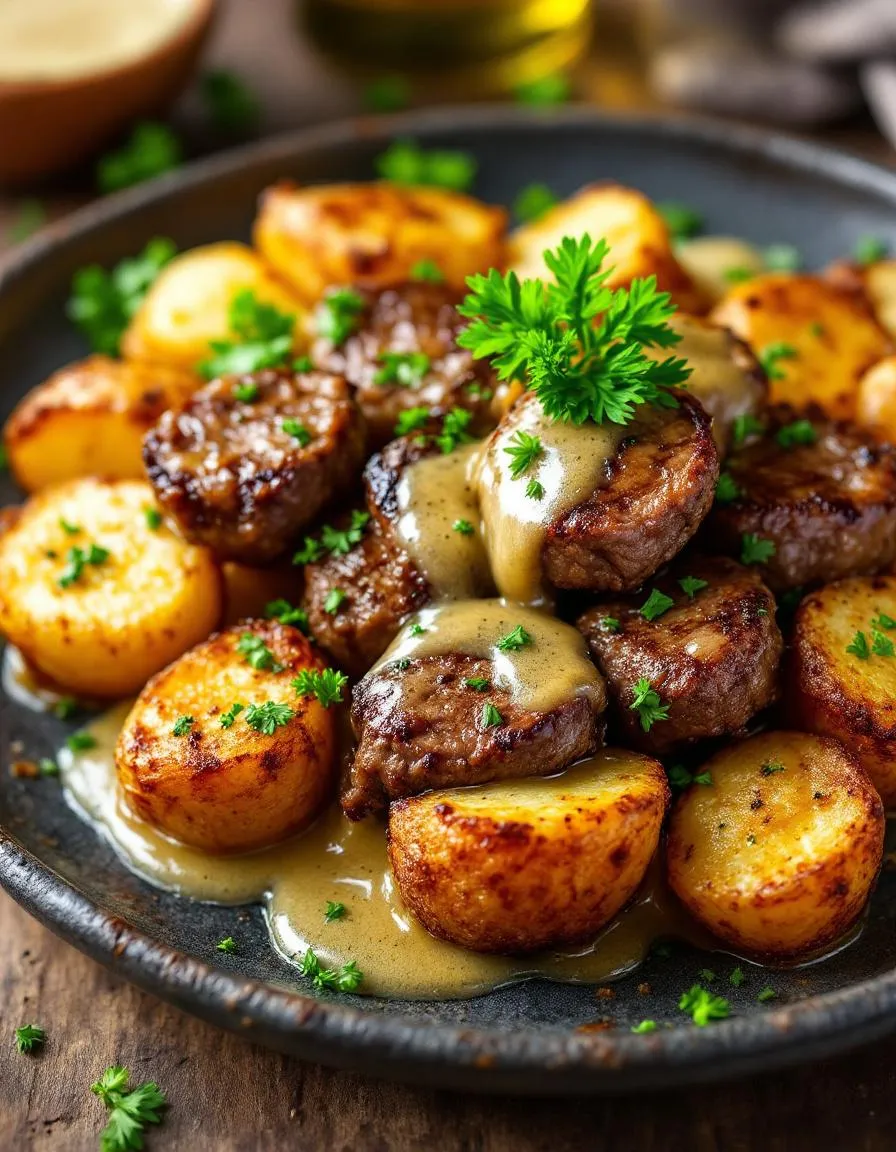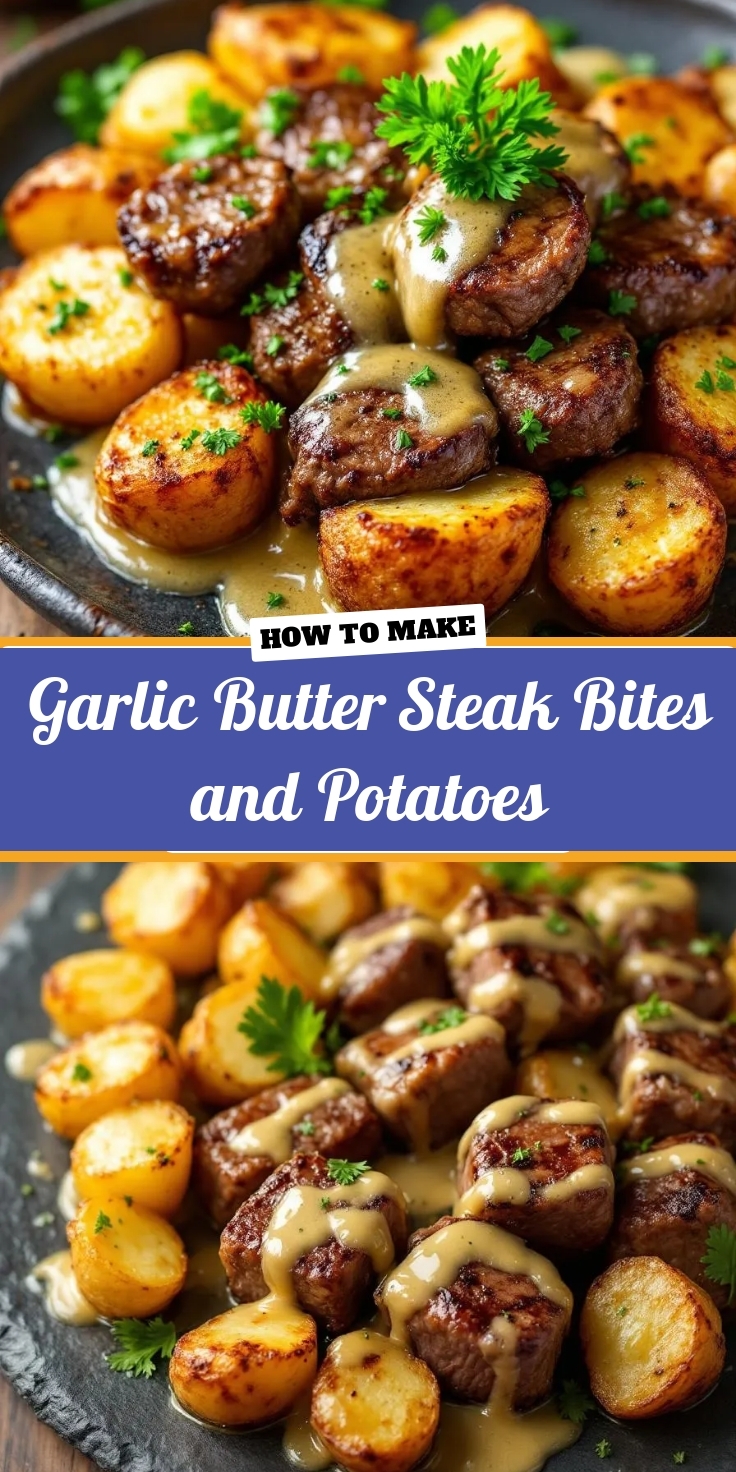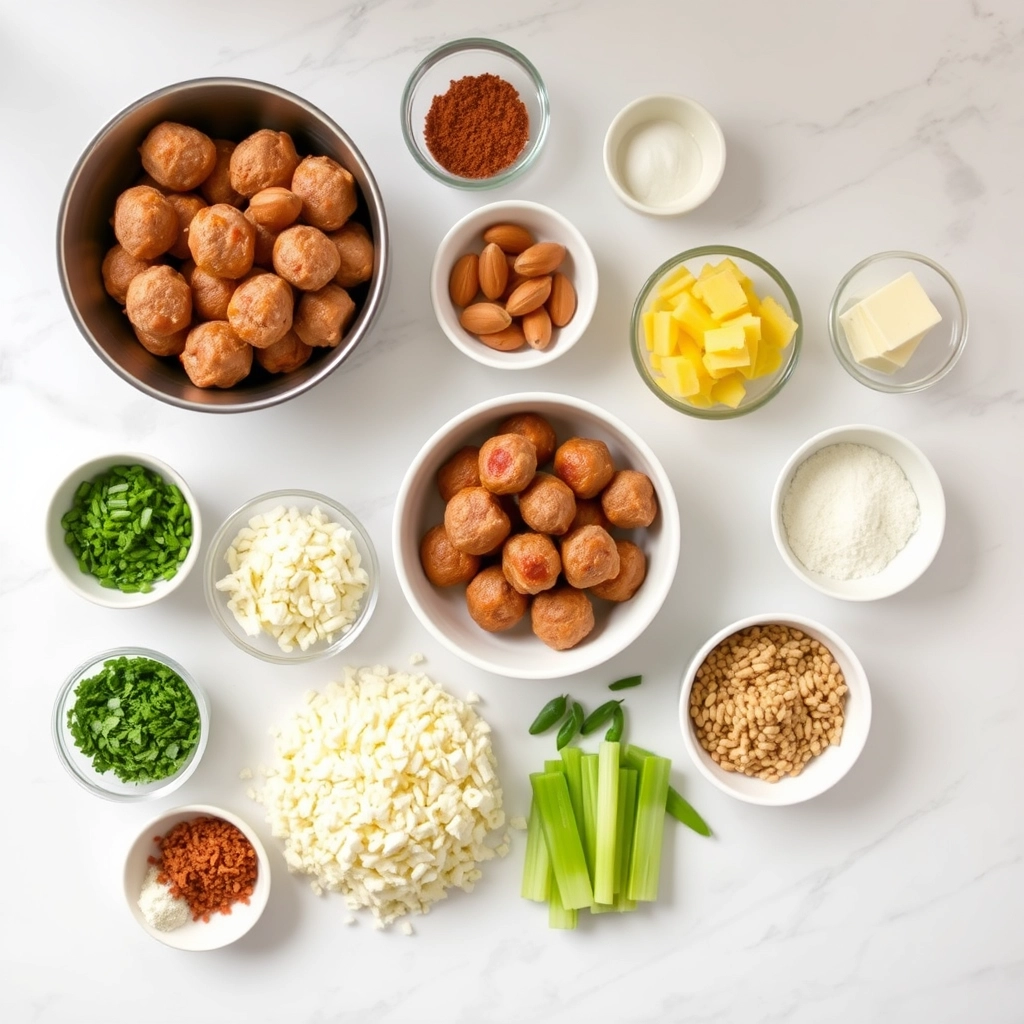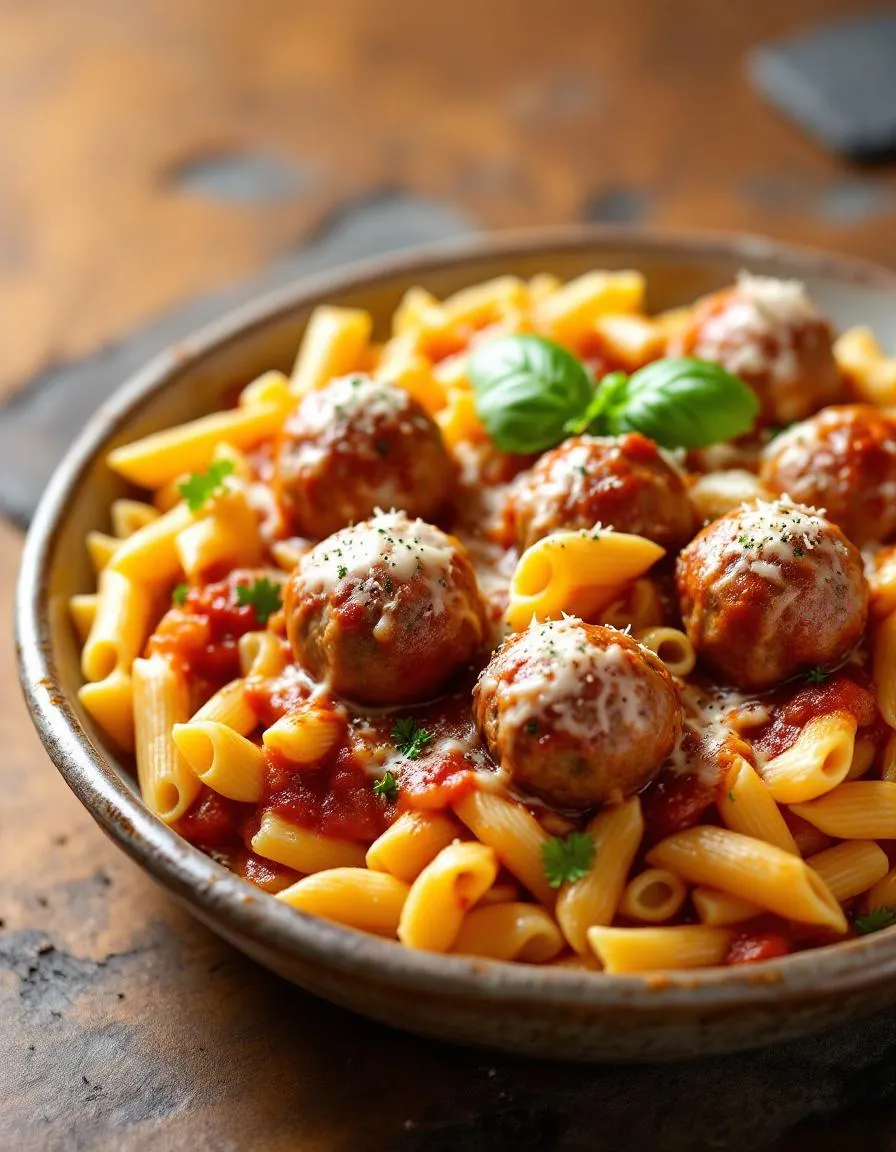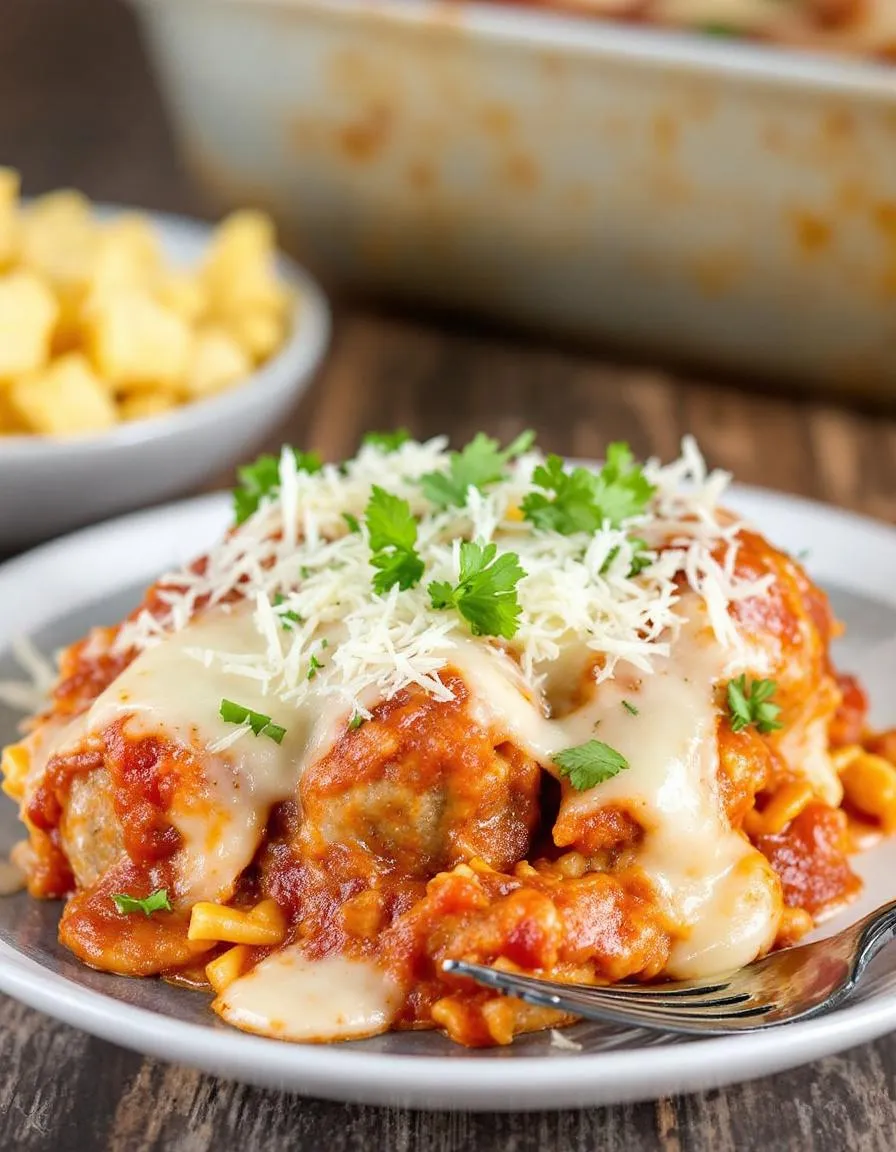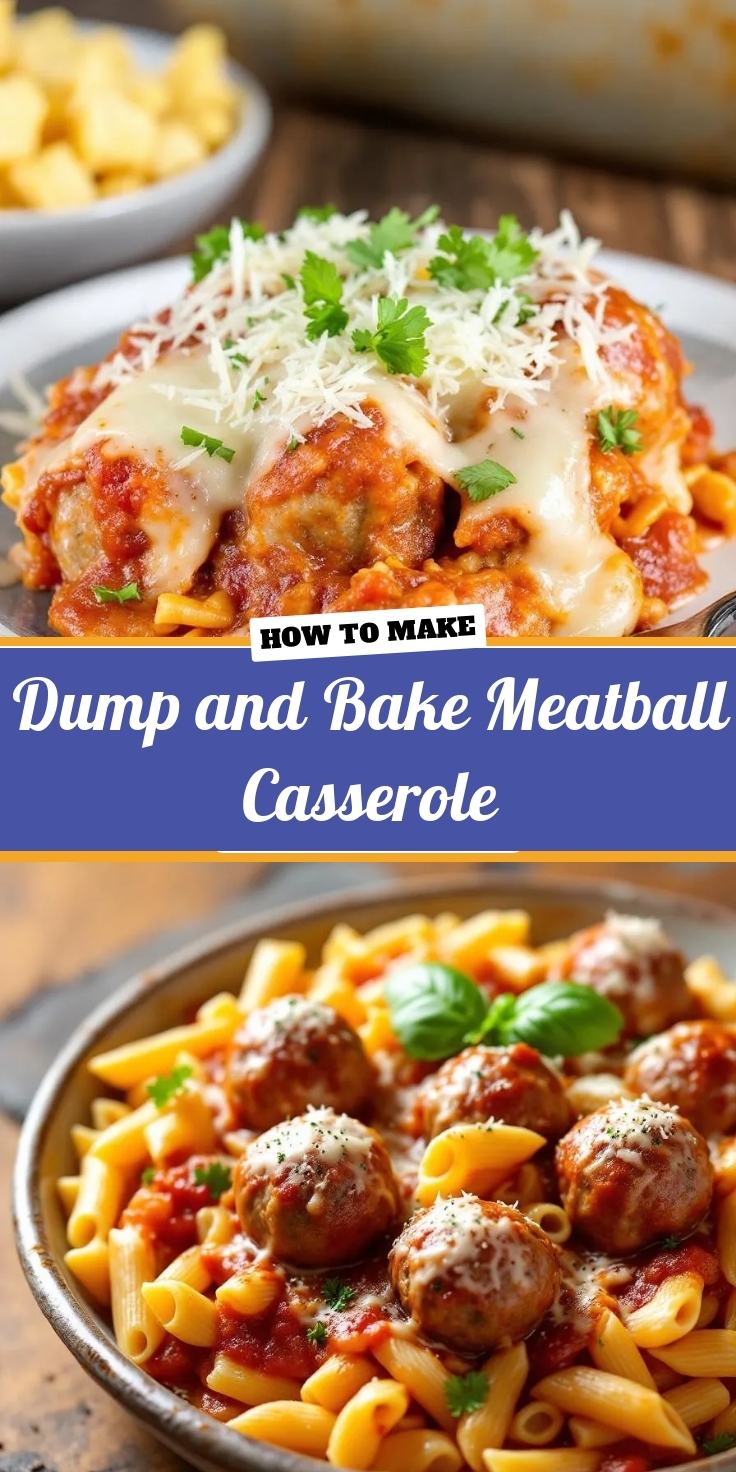Introduction
Hi there! I’m Emily, the heart and soul behind brekcakes.com. From my earliest memories, the kitchen has always been a place of warmth and creativity. It’s where I discovered the magic of turning simple ingredients into extraordinary meals and learned that the best dishes are often made with love as the main ingredient.
If you’ve ever craved a dish that feels like a warm hug, Marry Me Chicken Pasta is your answer. This recipe isn’t just food—it’s a story on a plate, one that whispers comfort and celebration with every bite. Whether you’re cooking for a special someone or simply treating yourself, this dish promises to deliver rich flavors and unforgettable moments. Plus, it’s surprisingly easy to make, even on busy weeknights.
Marry Me Chicken Pasta combines tender chicken, sun-dried tomatoes, and a creamy Parmesan sauce with a hint of garlic and herbs. Legend says it earned its name because it’s so delicious, it could inspire a marriage proposal. While I can’t guarantee romance, I can promise a meal that will have everyone asking for seconds. The dish perfectly fits the brekcakes.com ethos: approachable, flavorful, and made with heart. If you love cozy pasta dishes like my Creamy Garlic Parmesan Pasta, you’ll adore this recipe. And if you’re new to cooking with sun-dried tomatoes, don’t worry—my Sun-Dried Tomato Guide breaks down everything you need to know.
Why I Love This Recipe
Marry Me Chicken Pasta holds a special place in my kitchen because it’s the dish I made for my now-husband on our third date. He still jokes that the pasta sealed the deal. Beyond the sentimental value, I love how versatile it is—swap the protein, adjust the spice level, or add veggies, and it still shines. Most importantly, it reminds me that the best meals aren’t just about taste; they’re about the memories we create around the table.
Health and Nutrition
Why it’s good for your body
Marry Me Chicken Pasta packs a nutritious punch while delivering irresistible flavor. First, the lean chicken breast provides high-quality protein to support muscle growth and repair. Additionally, the sundried tomatoes and garlic offer antioxidants that help combat inflammation. Because of its balanced ingredients, Marry Me Chicken Pasta keeps you satisfied without feeling heavy.
Moreover, the dish includes healthy fats from olive oil, which promote heart health and nutrient absorption. The creamy sauce, when made with moderation in mind, adds richness without excessive calories. Furthermore, the pasta offers energizing carbohydrates, making this meal a great choice for active lifestyles. With each bite, Marry Me Chicken Pasta delivers both comfort and nourishment.
Finally, the herbs and spices in the recipe, like basil and oregano, contribute not just flavor but also potential immune-boosting benefits. Whether you need a post-workout meal or a cozy dinner, Marry Me Chicken Pasta checks all the boxes for taste and wellness.
How it fits in a healthy lifestyle
Marry Me Chicken Pasta easily adapts to various dietary preferences, making it a versatile choice for health-conscious eaters. For a gluten-free version, simply swap regular pasta for your favorite gluten-free alternative. If you’re focusing on protein intake, the chicken ensures you meet your goals while staying full longer.
This dish also fits well into meal prep routines. Pair it with a fresh vegetable side for added fiber and vitamins. For those watching portion sizes, dividing servings ahead of time helps maintain balance. Plus, the recipe’s flexibility means you can adjust ingredients to suit your needs, like using low-fat dairy or extra veggies.
Looking for more ways to enjoy wholesome meals? Check out our guide to quick healthy dinners for additional inspiration. Whether you’re cooking for one or feeding a family, Marry Me Chicken Pasta makes eating well simple and delicious.
PrintMarry Me Chicken Pasta
Description
A creamy and flavorful pasta dish with tender chicken, sun-dried tomatoes, and a rich sauce that’s sure to impress.
Ingredients
For the Crust:
- 8 oz fettuccine pasta
- 2 boneless, skinless chicken breasts
- 1 tbsp olive oil
- 1/2 cup sun-dried tomatoes, chopped
- 3 cloves garlic, minced
- 1 cup heavy cream
- 1/2 cup chicken broth
- 1/2 cup grated parmesan cheese
- 1 tsp Italian seasoning
- 1/4 tsp red pepper flakes
- Salt and pepper to taste
- Fresh basil for garnish
Instructions
1. Prepare the Crust:
- Cook the pasta according to package instructions. Drain and set aside.
- Season chicken breasts with salt and pepper. Heat olive oil in a large skillet over medium-high heat and cook chicken until golden and cooked through, about 6-7 minutes per side. Remove and slice into strips.
- In the same skillet, add sun-dried tomatoes and garlic. Sauté for 1-2 minutes until fragrant.
- Pour in heavy cream and chicken broth, stirring to combine. Bring to a simmer.
- Stir in parmesan cheese, Italian seasoning, and red pepper flakes. Simmer for 3-4 minutes until slightly thickened.
- Add cooked pasta and sliced chicken to the skillet, tossing to coat in the sauce.
- Garnish with fresh basil before serving.
Notes
You can customize the seasonings to taste.
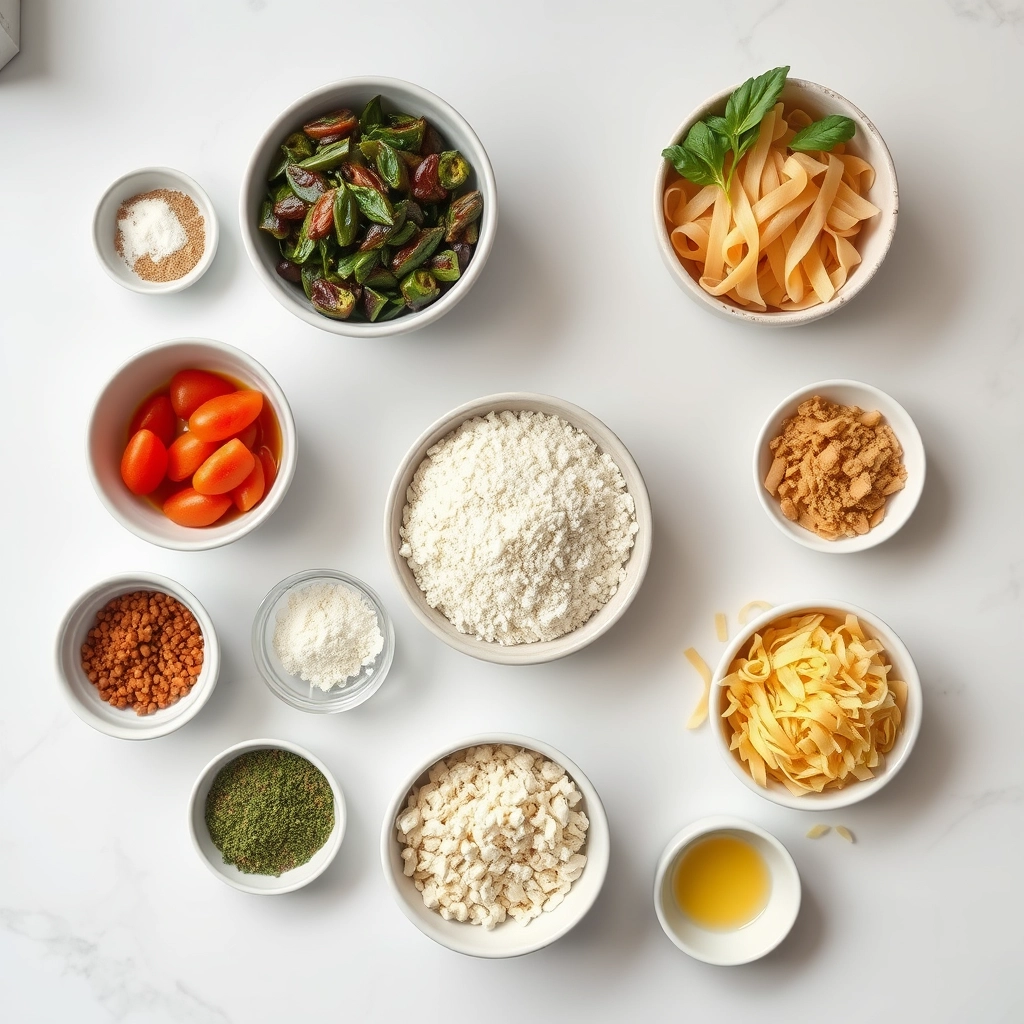
How to Prepare This Dish
Steps and time-saving tips
Start by seasoning your chicken breasts generously with salt, pepper, and a pinch of garlic powder. Meanwhile, heat olive oil in a large skillet over medium-high heat. Sear the chicken for about 6 minutes per side until golden brown, then set it aside. In the same skillet, sauté minced garlic and sun-dried tomatoes for a minute until fragrant. Next, pour in heavy cream and chicken broth, whisking constantly to create a smooth sauce. Stir in grated Parmesan and a dash of Italian seasoning, letting it simmer until slightly thickened. Slice the cooked chicken into strips and fold them back into the sauce. Finally, toss in cooked pasta and fresh spinach, stirring until the spinach wilts. For a time-saving hack, use pre-cooked chicken or store-bought rotisserie chicken to skip the searing step. Just warm it through in the sauce instead. Serve your Marry Me Chicken Pasta immediately with an extra sprinkle of Parmesan and a drizzle of olive oil for a restaurant-worthy finish.
Mistakes I’ve made and learned from
Early on, I rushed the sauce and ended up with a grainy texture because I added the Parmesan too quickly. Now, I whisk the cheese in gradually over low heat to ensure it melts smoothly. Another blunder? Overcooking the chicken, which made it dry. I’ve since learned to pull it off the heat at 165°F and let it rest before slicing. If you’re new to cooking chicken perfectly, my guide on checking internal temperatures will save you from the same fate. And if your sauce ever feels too thick, don’t panic—just thin it with a splash of reserved pasta water, a trick I picked up from my pasta sauce secrets post. Trust me, these small adjustments make all the difference!

Cultural Connection and Variations
Where this recipe comes from
Marry Me Chicken Pasta might sound like a modern viral sensation, but its roots dig deep into Italian-American comfort food traditions. Legend says the dish earned its name because it’s so irresistibly delicious, it could inspire a marriage proposal. While the exact origin is hazy, many tie it to rustic Italian cooking, where creamy sauces and tender chicken pair with pasta for hearty family meals.
Across Italy, you’ll find regional twists on similar dishes. In the north, cooks might swap heavy cream for mascarpone, while southern versions often add sun-dried tomatoes or a kick of chili flakes. Some families even prepare Marry Me Chicken Pasta with a splash of white wine for extra depth. Meanwhile, in American kitchens, adaptations range from gluten-free pasta to dairy-free alternatives, proving how versatile this dish truly is.
In my own home, we make it for special occasions—birthdays, anniversaries, or just those nights when everyone needs a little extra comfort. The aroma of garlic and herbs fills the kitchen, and somehow, every bite feels like a warm hug. Whether you stick to the classic or put your own spin on it, Marry Me Chicken Pasta always brings people together.
How it fits in today’s cooking
Today, Marry Me Chicken Pasta holds its own as a go-to for busy weeknights and celebratory dinners alike. Its rich, creamy sauce and simple prep make it a favorite for meal preppers, while its indulgent flavor keeps it in rotation for date nights. Modern cooks often lighten it up with grilled chicken or sneak in extra veggies like spinach or mushrooms.
Seasonally, it shines in fall and winter, but let’s be honest—comfort food knows no calendar. Some even serve it as a twist on holiday classics, swapping out heavier mains for something equally satisfying. If you’re looking for more ways to adapt it, check out our guide to easy weeknight dinners or explore how to pair it with sides from our seasonal salads collection. No matter how you tweak it, Marry Me Chicken Pasta stays a timeless crowd-pleaser.
Taste and Texture
What makes it delicious
Marry Me Chicken Pasta delivers a luxurious blend of rich, savory flavors and irresistible textures. The tender, juicy chicken pairs perfectly with al dente pasta, while the creamy sun-dried tomato sauce coats every bite with a velvety smoothness. Fragrant garlic and aromatic herbs like thyme and oregano add depth, while a hint of Parmesan cheese brings a salty, umami kick. Each forkful of Marry Me Chicken Pasta balances the bright tang of sun-dried tomatoes with the subtle sweetness of caramelized shallots, creating a dish that’s as comforting as it is sophisticated. The sauce clings to the pasta just right, making every mouthful satisfyingly hearty yet surprisingly light.
Boosting the flavor
Elevate your Marry Me Chicken Pasta with a few easy tweaks. For extra richness, swap heavy cream for mascarpone cheese or stir in a spoonful of pesto for a herby punch. Crispy pancetta or toasted pine nuts add a delightful crunch, while a sprinkle of red pepper flakes brings gentle heat. If you love bold flavors, try a splash of white wine to deglaze the pan before adding the sauce. Pair it with a fresh garden salad to balance the dish’s richness, or serve it alongside garlic bread for soaking up every last drop of sauce. A squeeze of lemon juice just before serving brightens the entire dish, making the flavors pop even more.
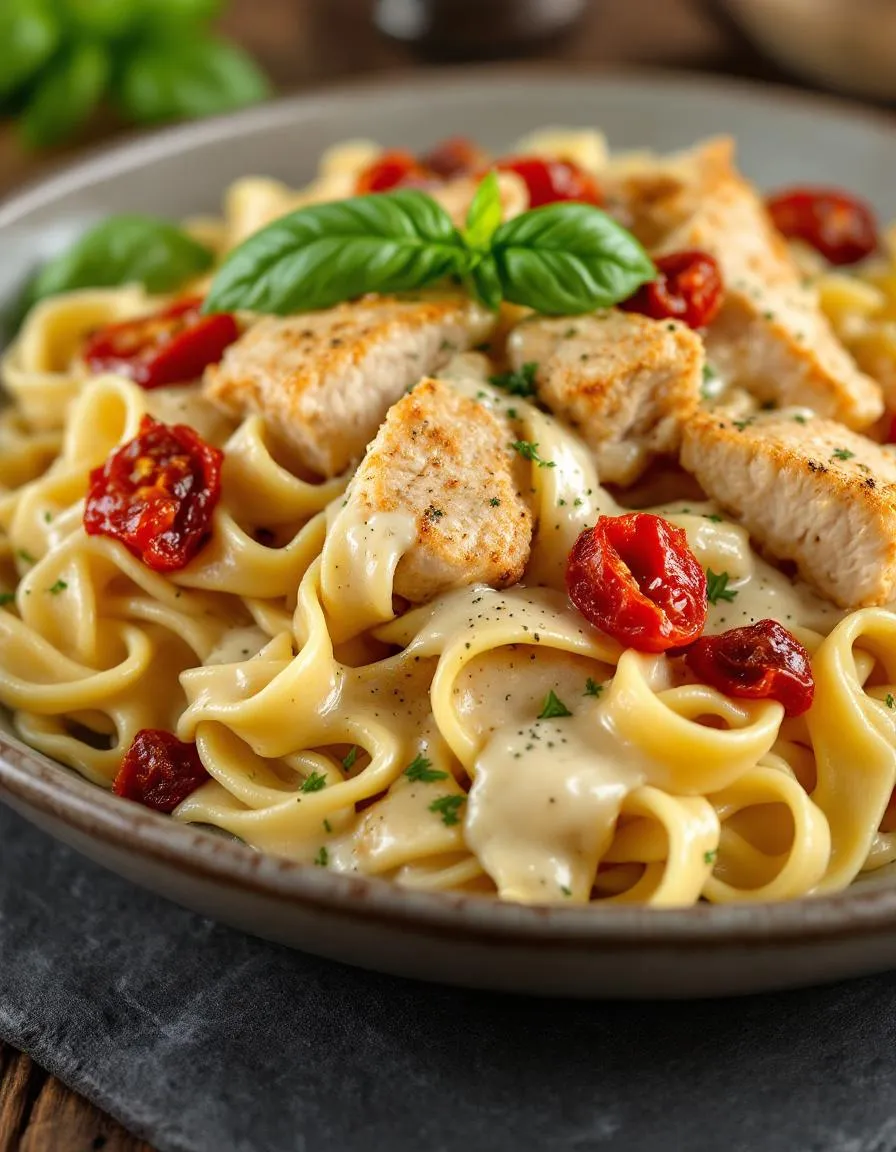
Tips for Success
Best practices for results
Always sear the chicken first to lock in juices before adding it to your Marry Me Chicken Pasta. Meanwhile, use freshly grated Parmesan instead of pre-shredded cheese for a smoother, richer sauce. Additionally, simmer the sauce on low heat to prevent curdling and ensure perfect creaminess. Finally, taste and adjust seasoning just before serving to balance the flavors perfectly.
Mistakes to avoid
Avoid overcrowding the pan when browning the chicken, as this steams instead of sears the meat. Instead, cook in batches for a golden crust. Also, don’t skip deglazing the pan with broth—it adds depth to your Marry Me Chicken Pasta. For more on perfecting sauces, check out our creamy sauce guide. Lastly, resist overcooking the pasta; al dente texture works best. Learn more about ideal pasta doneness in our pasta cooking tips.
Serving and Pairing Suggestions
How to serve this dish
Marry Me Chicken Pasta deserves a show-stopping presentation to match its rich flavors. For a romantic dinner, plate it on warm, wide-rimmed dishes and top with fresh basil leaves or a sprinkle of grated Parmesan. Alternatively, serve it family-style in a large ceramic bowl for cozy gatherings. This dish shines at dinner parties, but it also makes a comforting weeknight meal when paired with crusty bread. To elevate the look, drizzle a touch of olive oil over the pasta just before serving.
What goes well with it
A crisp Caesar salad balances the creamy richness of Marry Me Chicken Pasta perfectly. The tangy dressing and crunchy romaine cut through the decadent sauce. For a heartier meal, try pairing it with garlic knots or our favorite garlic herb focaccia. Wine lovers will enjoy a chilled glass of Sauvignon Blanc, which highlights the dish’s herbal notes. If you prefer non-alcoholic options, our sparkling lemonade adds a refreshing contrast.

The name “Marry Me Chicken Pasta” comes from the dish’s irresistible flavor, which is so delicious it could supposedly inspire a marriage proposal. This creamy, flavorful pasta combines tender chicken, sun-dried tomatoes, and a rich sauce that makes it a standout meal. Many believe the name originated from viral recipes claiming the dish was “good enough to propose over.”
Marry Me Chicken Pasta stands out with its signature creamy sauce made with heavy cream, Parmesan, and sun-dried tomatoes, giving it a rich, tangy flavor. Unlike basic chicken pasta, this dish often includes herbs like basil or oregano and a touch of red pepper flakes for a subtle kick. The combination of flavors creates a more decadent and memorable meal.
Yes, you can prepare Marry Me Chicken Pasta in advance, but it’s best stored without the sauce to prevent the pasta from becoming mushy. Reheat the sauce separately and combine it with the pasta just before serving for the best texture. The flavors often deepen when allowed to sit, making leftovers just as delicious.
Marry Me Chicken Pasta pairs well with a crisp green salad, garlic bread, or roasted vegetables like asparagus or broccoli. Since the dish is already rich, lighter sides help balance the meal. A glass of white wine or sparkling water with lemon complements the flavors perfectly.


